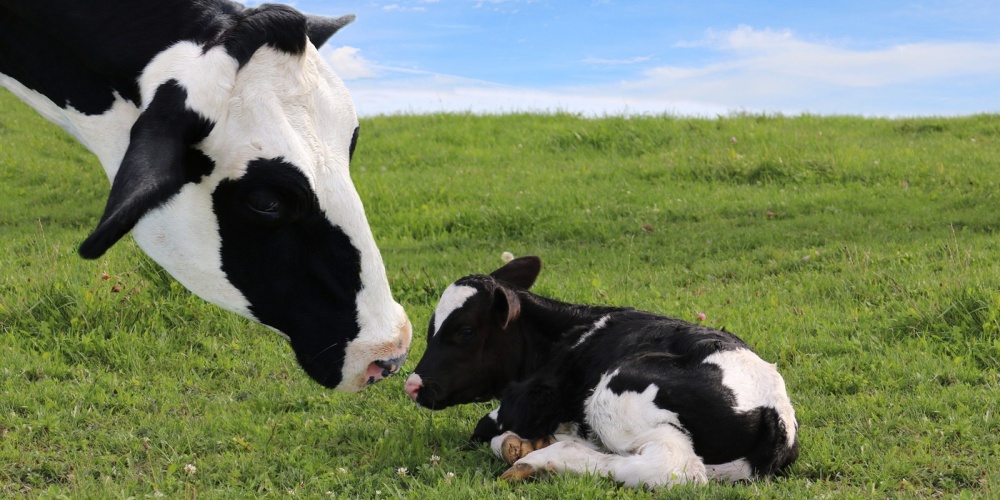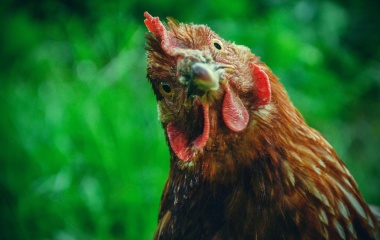
When a kosher animal gives birth to a bechor, a firstborn male, there is an inherent conflict of interest that arises. The Torah instructs that one is to give the animal—potentially worth thousands of dollars—to the kohen, who then offers it as a korban. Furthermore, the owner must watch over this animal for a period of between 30 days and three months, during which time he may not work the animal or shear any of its wool. However, if the animal develops a mum, a blemish, it can be used for any and all secular purposes, and be eaten by all[1].
Hence, there is a great incentive to declare that the animal has a mum, thereby necessitating a vigorous and verifiable oversight mechanism. Such begins with ensuring that only a certified expert may declare a mum. But being expert and being honest are two separate qualities; therefore, the rulings of an expert who receives payment from the owner of the animal for his services are declared null and void, “because a bribe blinds the eyes of the wise and corrupts the words of the righteous[2]” (Devarim 16:19). In the eyes of our Sages, there is little to distinguish a bribe and payment for services. The latter may be legal and the former not, but both impact equally on one’s (biased) judgment.
“Adam karov eitzel atzmo, a person is close, i.e., biased, towards himself”. While absent negative evidence, we are obligated to assume that people are basically honest, such assumptions do not extend to cases where a large monetary outcome is at stake. Hence, “One may examine all bechorot, save for one's own” (Bechorot 31a).
The above laws were put in place so that basically honest people won’t be tempted to cheat. What about the people who just don’t care about these laws? While they will not eat a bechor, they are willing to purposely make a mum in the animal[3]. This question is the subject of Mishnaic dispute.
“One who slits the ear of a bechor, behold, he may never slaughter that animal; these are the words of Rabbi Eliezer. The Rabbis say: If another blemish later develops in the firstborn, he may slaughter the animal on account of that second blemish” (Bechorot 34a).
Echoes, very loud at times, of this argument resonate today. Should one grant—or if need be, remove—the hashgacha for hotels that have a New Year’s Eve party or mixed dancing? While the cases are not exactly parallel, it is worth noting that the halacha follows the view of the Sages. If the food is kosher, i.e., if the bechor has a mum, we can eat it.
But what if one makes a mum not because one wants to be able to use and then eat the animal, nor to violate the laws of the Torah, but for a perfectly valid reason?
“If the bechor were chasing after him and [in order to defend oneself] one kicked the animal and made a mum, one may slaughter the animal as a result [of this mum]” (Bechorot 35a). While the law of a bechor applies only to domesticated animals, it surely is no fun to have a goat or sheep, not to mention a cow, come charging towards you. It is perfectly understandable that one would cause a blemish under such circumstances, and one need not wait for a second blemish before slaughtering the animal.
So traumatic can it be to have an animal chase after you that, according to one version in the Gemara, Rav Pappa allows the slaughter of this animal even if the blemish was caused by the farmer hitting the animal after the chase was over. Just seeing the animal causes psychological distress and explains, even if it may not fully justify, why one is hitting the animal. With the mum an unintended consequence of one’s pain, it cannot be said to have been done to purposely inflict a mum and hence, one can slaughter the animal immediately. To be sure, the original version of Rav Pappa’s teaching is that permission to slaughter the animal is given only if the wound is caused when defending oneself in the moment of attack. But should one cause a wound afterwards, that is considered unreasonable behaviour and one would not be allowed to slaughter the animal as a result of this wound. One’s claim of trauma is rejected, at least as far as it relates to inflicting a wound on an animal. One must learn to properly channel one’s feelings and not take them out on some helpless animal.
The above cases have one thing in common. The wound to the animal was caused for the benefit of man and the question arises as to whether such was legitimate and hence, may one slaughter the animal? What if the mum is done for the sake of the animal itself, because such a wound is actually beneficial?
“A bechor who has a constricted blood flow, even if the animal [might] die, one may not let out the blood [lest one may cause a mum]; these are the words of Rav Yehuda. The Sages say that one may let the blood provided one does not cause a defect, but if one made a wound, the animal may not be slaughtered on the basis of that blemish. Rabbi Shimon says, let out the blood even if that will cause a wound” (Bechorot 33b).
This debate is about much more than determining when one may eat a bechor. It says much about our relationship to animals. According to Rav Yehuda, one might argue that the sole purpose of animals is for the benefit of man. While we may not cause unnecessary pain to animals, we cannot let our concern for animals override Torah prohibitions, even if there is only a slight risk of such. While bloodletting was believed in Talmudic times to be effective medicine, to allow such and risk causing a wound is not something we can even attempt.
The Sages argue that if one is careful to avoid causing a wound, one may let blood from the animal. One may take risks for the benefit of an animal. But if one accidentally causes a mum, that mum does not give one license to slaughter the animal. Rabbi Shimon argues that the injunction against purposely causing a wound (one not explicitly mentioned in the Torah) to a bechor is suspended if such might be the cause of any pain to an animal. One does what needs to be done, and if a mum is caused, so be it; and since the animal has a mum, the animal can now be slaughtered. We need not fear that one would purposely cause a mum in order to slaughter the animal. That fear may be real, but concern for the animal trumps that. While Rabbi Yehuda takes a strict position in this debate, one might speculate that when it comes to using animals for the service of man—say, eating them, or wearing their skins—Rabbi Yehuda would be the most accommodating.
The interaction between discomfort, pain, even suffering and death and the mitzvot of the Torah is very real, and depending on the level of the former and the severity of the latter, one may ignore certain aspects of Jewish law—or be mandated to give up one’s life. Such is true—at least on some level—not only for humans, but for animals too. We must strive to ensure the conditions for maximum Torah observance and minimum discomfort.
[1] When a bechor developed a mum, it was to be given to the kohen who had the right to share it with others, including non-kohanim. While the primary conflict of interest regards the kohen it extends to all.
[2] I do not understand how one can rely on a kashrut organization that allows a restaurant owner to directly pay the mashgiach, a practice that continues to this day in some places.
[3] While this religious schizophrenia may make little objective sense, it is the reality in one form or another for almost everyone.



